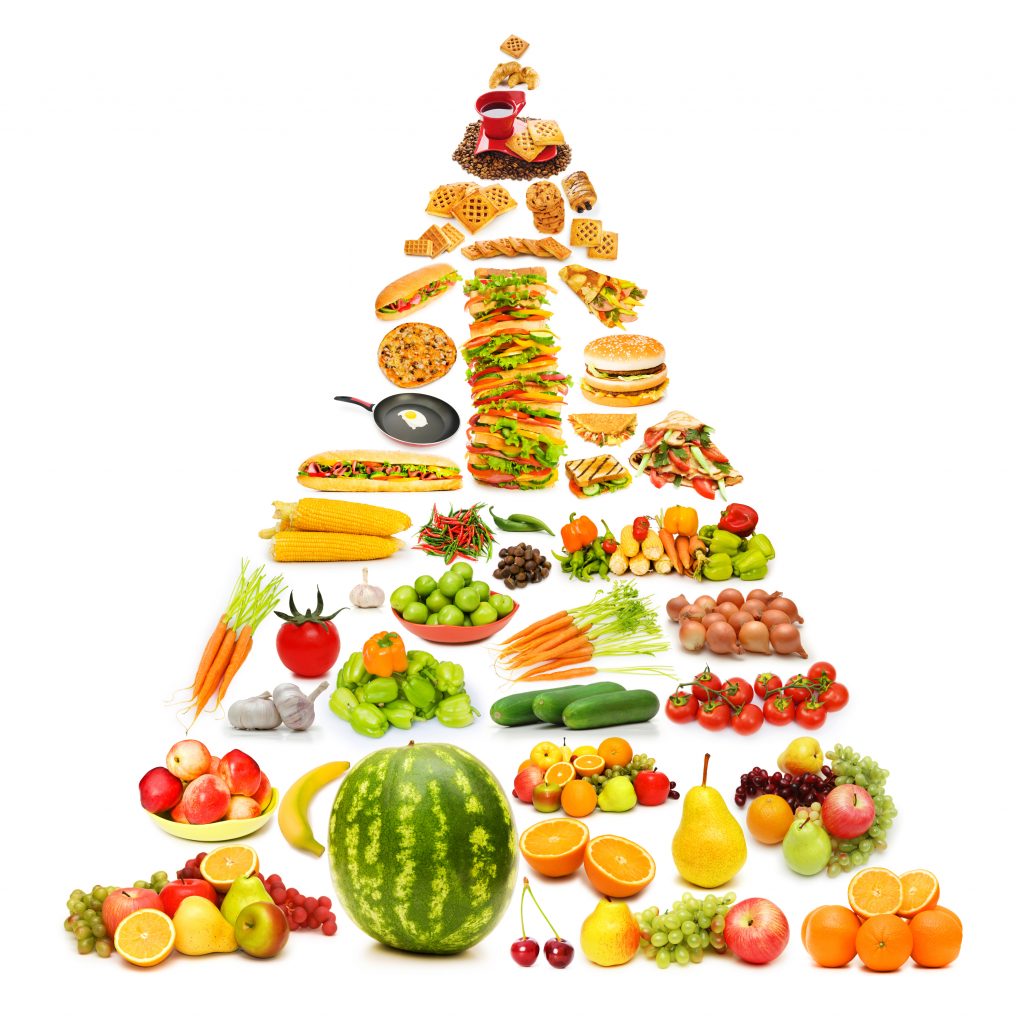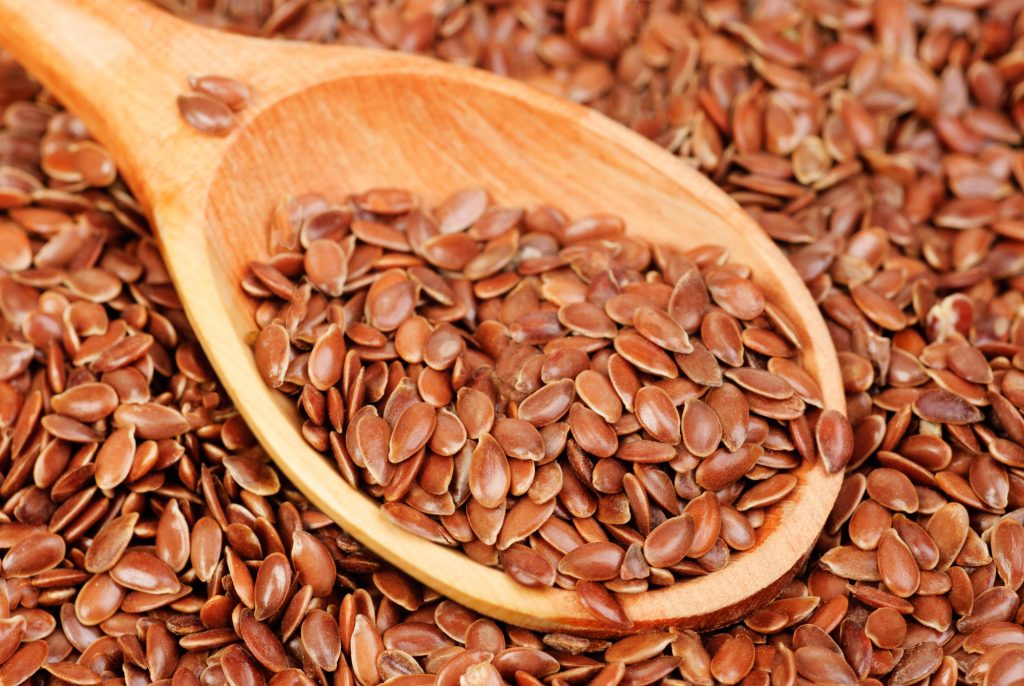
While browsing through my grandparents’ house, I happened to stumble over a ‘Kalorientabelle’ – a calorie chart from a magazine (“Freundin”) from 1977. Curious how perception of food might have changed over the last 40 years, I took a closer look. The chart basically lists the number of calories per 100g of each food in a format ‘to carry with you all the time’ – something people might use fitness apps for nowadays. In addition, symbols indicate whether a particular food is low in calories, rich in protein, contains a lot of fat or is loaded with calories. According to the chart, foods like sausages, cheese and sweets are to be avoided due to their high sugar or fat content, while greens, vegetables, fruit and meats that are low in fat are marked as nutritious and healthy. While many people would still agree to that, their opinion on other foods might have changed: for example, canned corned beef is labeled as healthy, while walnuts are loaded with fat and thus to be avoided.
The knowledge on diet and nutrition might not have been as deep as it is today, nevertheless people seemed to be aware. The prevalence of metabolic diseases was just starting to increase, the antidiabetic drug Metformin had made it on the German market and the fungal compound ‘Mevastatin’ that would give rise to the cholesterol lowering statins had just been discovered. Things have changed since 1977… It seems paradox, but while our knowledge on metabolic diseases has grown tremendously, childhood obesity in Germany was never as high as it is today according to the Robert Koch Institute. From an epidemiological point of view there is overwhelming evidence that adhering to a rather healthy lifestyle, including a healthy diet, ample sleep, exercising or not smoking can reduce the risk of suffering from literally almost any noncommunicable disease including diabetes, cardiovascular diseases, cancer and neurodegenerative disease to a considerable extent.
One remarkable study is the European Prospective Investigation into Cancer and Nutrition (EPIC)1, a multicenter trial with sites all over Europe that investigates links between lifestyle & nutrition on the one and prevalence & development of chronic diseases on the other hand. One site of the study was based in Potsdam. Between 1994 and 1998, data from a cohort of over 23000 participants aged between 35 and 65 was collected. Amongst a multitude of other parameters, researchers examined associations between development of chronic disease and healthy life style factors. These included a body mass index (BMI) lower than 30, sticking to a healthy diet, exercising 30 minutes per day on average and never smoking. When examining the four factors, each of them individually associated with a reduction in risk of developing chronic disease by up to 33%. Strikingly, adhering to all four factors reduced the risk of developing type II diabetes mellitus, myocardial infarction, stroke and cancer by almost 80%.
Having established that a rather healthy dietary regime generally was good, the study also examined single food groups and their potential of driving or preventing chronic disease. Altogether, the epidemiologists found intake of wholegrain and raw vegetables to be associated with lower, while intake of low-fat dairy, butter and sauce associated with higher risk of developing disease. While these findings might leave people rather unimpressed, red meat stood remarkably out from all other food groups. Consumption increased the risk of developing disease by staggering 30%, making it a number one nutritional risk factor! Fortunately, there is hope for caffeine addicts and nibblers: According to the study, coffee and cookies have a beneficial effect.
If lifestyle and diet have such a strong impact on our state of health, can diet be used as ‘medication’? The PREvención con DIeta MEDiterránea (Predimed) study2 set out to answer this question. The trial took place in cities all over Spain and investigated the potential of a mediterranean diet as intervention treatment of cardiovascular disease. The 7500 people that enrolled presented risk factors of cardiovascular diseases such as type II diabetes, obesity, hypertension or smoking. Participants were allocated into three groups. One group was given one bottle of olive oil per day, the second one received 30g of nuts per day. A control group was given advice on how to adhere to a low-fat diet, while the other two groups received advice on Mediterranean diet. The trial started in 2003 and was meant to run for 6 years. However, after less than 5 years the trial was terminated due to the striking effect of olive oil and nut supplementation: People on Mediterranean diets exhibited a 30% decreased occurrence of cardiovascular incidents such as myocardial infarction or stroke. Just to put things in perspective – a clinical trial to test a prospective drug would be terminated if interim results already unequivocally proved its efficacy, thus depriving the placebo group of the drug any longer in turn would be considered unethical. In 2018 the study was retracted due to erratic randomization procedures for some participants, data was reanalyzed, omitting more than 1500 participants and republished. The final outcome – that supplementation of Olive Oil and Nut decreased cardiovascular incidences by 30% – remain the same. Given the impact on personal well-being and the large burden for national health care systems and economies, studies like the EPIC and PREDIMED trials raise the question of how societies and politics should tackle lifestyle related diseases. Should we tax steaks and subsidize pumpernickel? Should health education be enforced in public or in particular in schools?
It seems that our opinion on what is healthy or unhealthy has not changed tremendously over the last 40 years. We might have a better understanding of why certain foods are rather healthy while others are not, but putting it simple, the notion that vegetables are still good while certain meats and animal fats are bad, has persisted. Is it that people don’t care enough? Or is it that nowadays people are just sandwiched between fast food and superfoods? In fact, who could ever stay on top of things, if you are constantly being cluttered with adds for burgers or fizzy drinks from the one and hype about low carb, Atkins diet, skipping breakfast, skipping dinner from the other side?

David Katz, Director of the Griffin Prevention Research Center at Yale University, is one of the world leading experts on nutrition and has been investigating ways to promote healthy lifestyle and nutrition. Sticking to a few simple dietary principles is more than enough to stay healthy, according to him. However, getting the message across is a Sisyphean challenge and sadly does not sell. A balanced diet in fact requires a considerable extend of organization in your everyday life, but also knowledge on what to shop for/ how to cook at the same time. It is hardly surprising that people are attracted to simple food trends. If going for some superfood could solve all your problems and would allow you to keep your old dietary habits at ease, why wouldn’t you? In turn a huge crowd of journalists, bloggers and publishers tries to focus peoples’ attention to next food trends to come over and over again. If nutrition was that simple what would you write, talk or blog about?
To help people shop more healthily, David Katz and colleagues developed a system to score the nutritional value of food – the NuVal System. Based on their composition, foods are scored ranging from 0 to 100 – products with a high score are healthy and nutritious. The System has been put into practice in supermarkets in the USA. By 2013, 1700 supermarkets had implemented the NuVal Score into their display. What would an immunologist do? Evidence from basic and translational research over the last 15 years has unraveled that nutrients and other food components are directly sensed by the immune system. For example, saturated fatty acids, cholesterol from animal fats or uric acid, a purine breakdown product from red meat, can trigger inflammation via various mechanisms. In contrast, fiber or omega 3 fatty acids have potent anti-inflammatory properties. It also seems that many chronic diseases, including metabolic-, cardiovascular-, neurodegenerative diseases and cancer, exhibit a striking inflammatory constituent that can drive onset or the progression of disease. Years of clinical research are still to come, but putting the pieces together it seems that our diet and immune system in concert can set the stage for chronic diseases by either creating an inflammatory milieu or maintaining a homeostatic immunological state.
What would immunologists turn to when it comes to food choices? With the NuVal System in mind I would like to introduce the Dietary Inflammatory Index (DII). Once and for all – this is the ultimate benchmark test that every immunologist should base her or his diet on. In a meta analysis of an impressive body of literature, researchers from the University of South Carolina scored food parameters based on their potential to affect levels Interleukin (IL)-1b, IL-4, IL-6, IL-10, tumor necrosis factor aand C-reactive protein in the respective studies. The resulting DII is designed to be implemented into clinical and epidemiological studies and has proven very helpful, also in the PREDIMED trial. A negative DII indicates anti-inflammatory, a positive value pro-inflammatory properties of a nutrient. Doing the math having salad with an oil dressing instead of Currywurst and fries at Mensa seems like an anti-inflammatory – thus good – option. With alcohol having an inflammatory index of minus 0.287 it remains debatable whether going for a beer with my fries would keep me safe.

So, here we are stuck in our nutritional mess. Believing epidemiologists, unfortunately the magic bullet is not to be found in the near future. It also turns out that my grandparents’ calorie chart was not too far off. Eating rather healthy, stepping out at times, not overdoing things towards any extreme still seems pretty reasonable. By the way, here’s my superfood suggestion: Linseed. Inflammatory index as low as can be, loaded with fiber, omega-3 fatty acids, and protein. The sad part is: It is dirt-cheap and has been around for ages. I guess chances that linseed will sort me out are rather low. Bummer.
References and further reading:
1. The European Prospective Investigation into Cancer and Nutrition (EPIC) study: http://epic.iarc.fr/
2. The PREvención con DIeta MEDiterránea (PREDIMED) study: http://www.predimed.es/
3. Designing and developing a literature-derived, population-based dietary inflammatory index., Shivappa N, Steck SE, Hurley TG, Hussey JR, Hébert JR.. Public Health Nutr. 2014 Aug;17(8):1689-96. doi: 10.1017/S1368980013002115. Epub 2013 Aug 14.
Disease proof: the remarkable truth about what makes us well / David L. Katz, MD, MPH, with Stacey Colino, Hudson street press, 2013
Salt, sugar fat: how the food giants hooked us / Michael Moss, Random house inc, New York 2013
Mario Lauterbach
